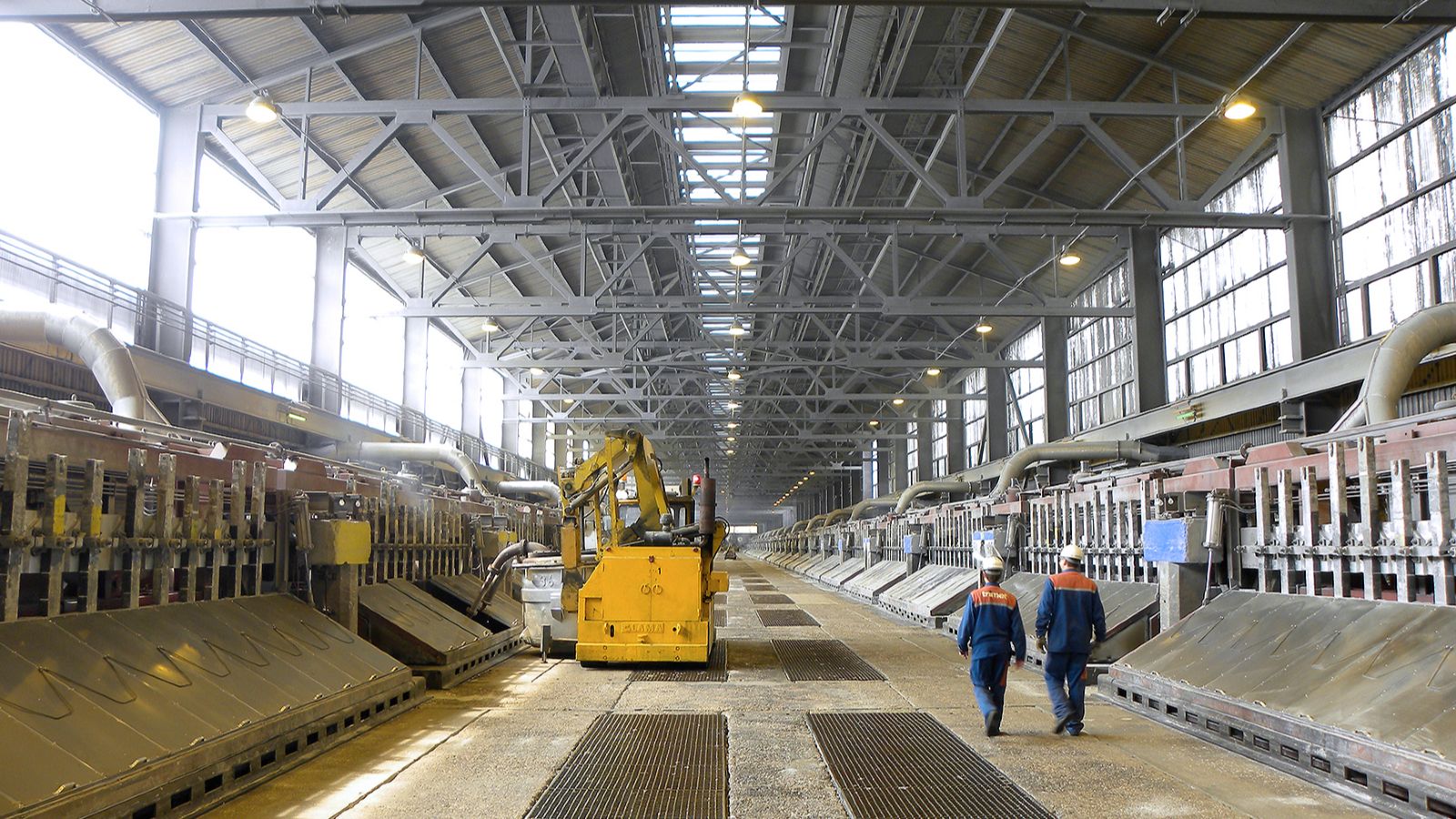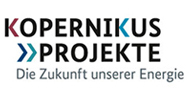FAQ
Frequently asked questions about energy flexibilization
On this page, the Kopernikus project SynErgie answers frequently asked questions about energy flexibility: When are Flex technologies worthwhile and what impact do they have on companies?

This varies greatly: For example, systems that have to continuously produce a certain output are less easily energy flexible. If the efficient operating point is left, efficiency losses can occur here. In contrast, for plants that are not operated continuously, there are rarely negative effects of flexibility on efficiency.
The trade-off between flexibility and efficiency can also be seen in the design and operation of plants: For example, high costs are incurred when building new storage facilities for excess energy. Moreover, operational processes quickly become inefficient on oversized plants. Therefore SynErgie strives to take energy flexibility into account from the very beginning when building new factories.
In the case of flexible plant operation, supposedly inefficient operating states can be (financially) sensible: If the respective electricity price is low, the overall electricity procurement costs can be reduced. There is also a positive side-effect: low electricity prices are often linked to a high proportion of renewable electricity, which also reduces harmful CO2 emissions.
Conversely, if a company increases its energy efficiency, this can also have a positive effect on flexibility. Plants whose storage facilities are well insulated can temporarily store their excess energy without great losses and use it when there is less energy available in the power grid.
This depends on the processes under consideration: In order to be able to better estimate the effects of flexibility measures, SynErgy is therefore conducting studies for various production processes. This knowledge can then be used to make informed decisions: Do the financial savings resulting from flexible operation justify possible negative effects on the life of a machine? Ultimately, reduced life expectancy is not a direct exclusion criterion. A more flexible plant operation can still be profitable if the proceeds from the flexibility marketing of surplus energy exceed possible losses in the life expectancy of production machines.
Yes, this is particularly the case in the production infrastructure, for example air conditioning systems, cold stores, heat supply, building services engineering, electrically heated furnaces and tanks or processing plants for production auxiliaries. This means that there is often potential for flexibility, especially in systems that convert electrical energy into heat or cold. In addition to physically existing storage facilities, so-called inherent energy storage systems can also be used here. One example of this is the thermal inertia of buildings: the building mass can only release or absorb energy slowly and thus stores heat over a longer period of time.
It is also worthwhile for all manufacturing companies to think about flexibility measures in the factory system. Energy flexibility can be increased by postponing process start times or by briefly interrupting production processes. An overview table of possible flexibility measures at different levels of a factory system is provided in VDI Guideline 5207, Sheet 1.
One possibility is offered by power exchanges such as EPEX Spot or OTC (Over the Counter) transactions. Moreover, flexibility can also be marketed via system services. However, individual technical, business and regulatory access conditions must be met. If these cannot be met, there is the additional possibility of participating in the corresponding markets indirectly via aggregators or electricity suppliers. A corresponding overview can be found in VDI Guideline 5207, Sheet 1.
In addition to marketing, there is also the possibility of using flexibility internally. Among other things, flexibility can be used to optimize the use of own power generation capacities. However, the most important example of internal use of flexibility is load management. Company X uses flexibility to reduce its operational peak load or to control it specifically in terms of atypical grid usage. The load is then controlled outside the peak load time windows of the network operators and the peak load of company X decreases. This reduces the power price component of the network charges, which in turn significantly reduces electricity costs.
This depends less on the EEG levy than on the general savings in energy costs. These in turn are closely related to the network charges to be paid. On the one hand, power-intensive companies can lose individually agreed network charges by using flexibility. This happens, for example, when the drop in annual full-load hours no longer justifies an individual network charge. As a result, the company may incur additional financial burdens.
On the other hand, however, the use of flexibility can also be worthwhile from an economic point of view for companies that have to pay the EEG levies in full. Via system services or the internal use of flexibility such as load management, flexibility can be used independently of the EEG levies. The use of flexibility can also pay off in the procurement of electricity via the wholesale market. However, the relative leverage for exploiting price differences on the electricity exchange is reduced by the EEG levy.
Ultimately, the cost of flexibility must be weighed against the price differences that can be achieved on the markets by providing flexibility. If internal company costs are lower, the use of flexibility pays off.


